In an era of technology revolutionizing our approach to old problems, safety in confined spaces remains a critical challenge. From complex industrial tanks to tunnel systems and pipelines, confined space inspections have historically been dangerous, expensive, and time-consuming. However, we are now entering a transformative moment. Imagine a world where confined space inspections are carried out not by humans exposed to many hazards but by intelligent, nimble drones equipped with advanced remote sensors and imaging systems with real-time data analysis. Welcome to the future of safety innovations.
Using drones for confined space inspections isn’t just the stuff of science fiction—it’s happening now and redefining the parameters of what we thought was possible. Intrigued? Join us as we delve into the cutting-edge technology that could save lives, increase efficiency, and dramatically reduce operational costs.
Confined spaces are challenging to access and may pose a risk to workers or inspectors due to their size, shape, or hazardous conditions. Inspecting these spaces is often necessary for safety and compliance. Still, it can be time-consuming and dangerous for workers to do so manually.
Drones can overcome these challenges, providing a safe and efficient way to inspect these areas. In this blog post, we’ll explore the technical aspects of using drones for confined space inspections, including the types of drones and equipment used, the benefits and limitations of the technology, and tips for conducting successful reviews.
Specific Industries and Use Cases
Oil & Gas
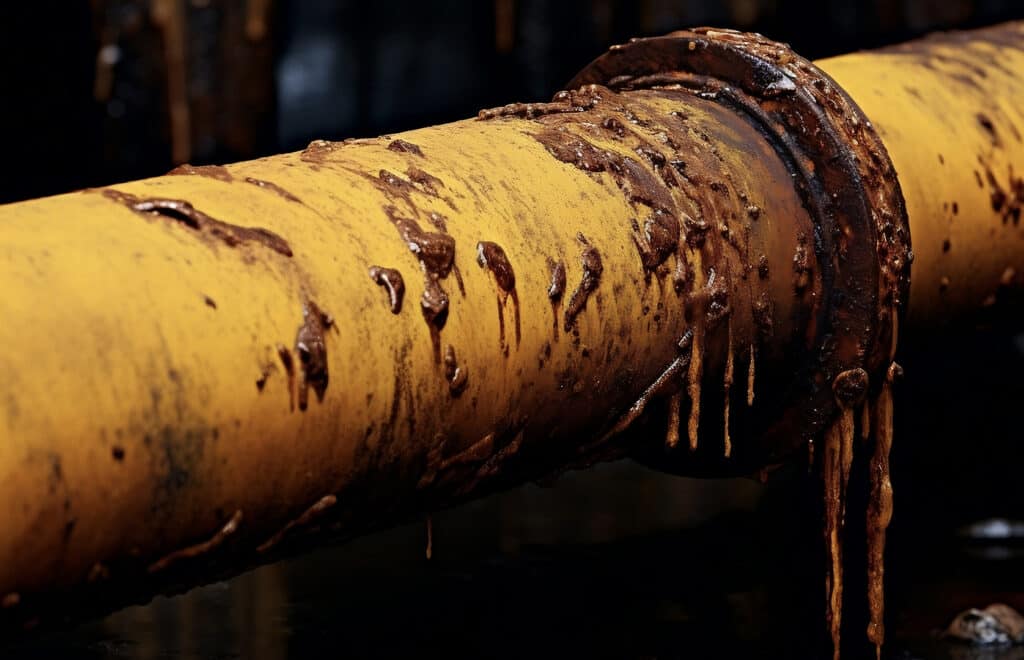
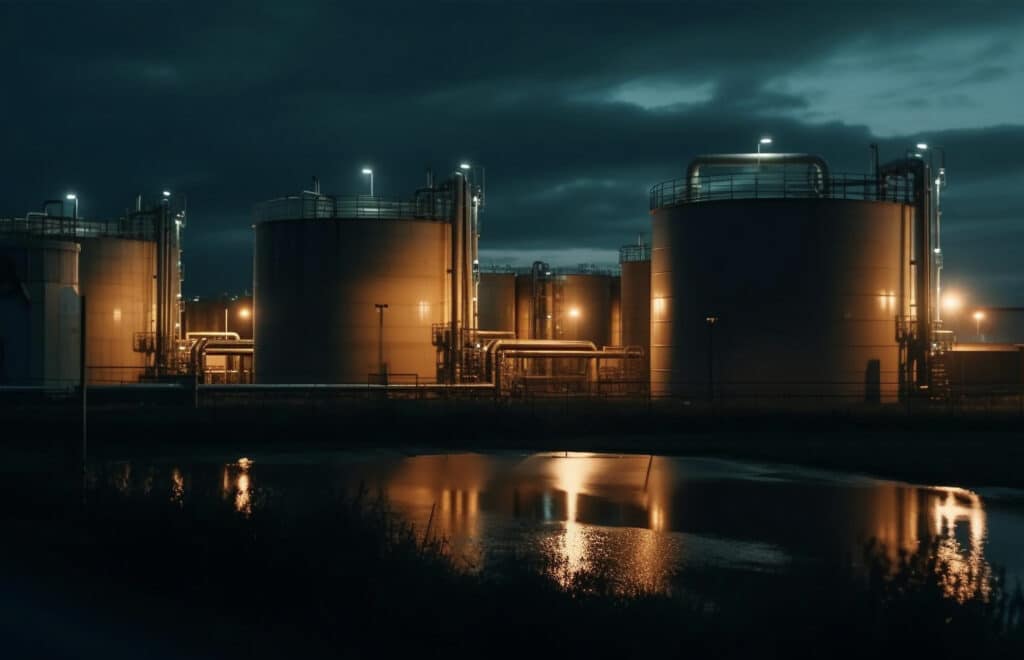
Chemical Manufacturing
Maritime Operations
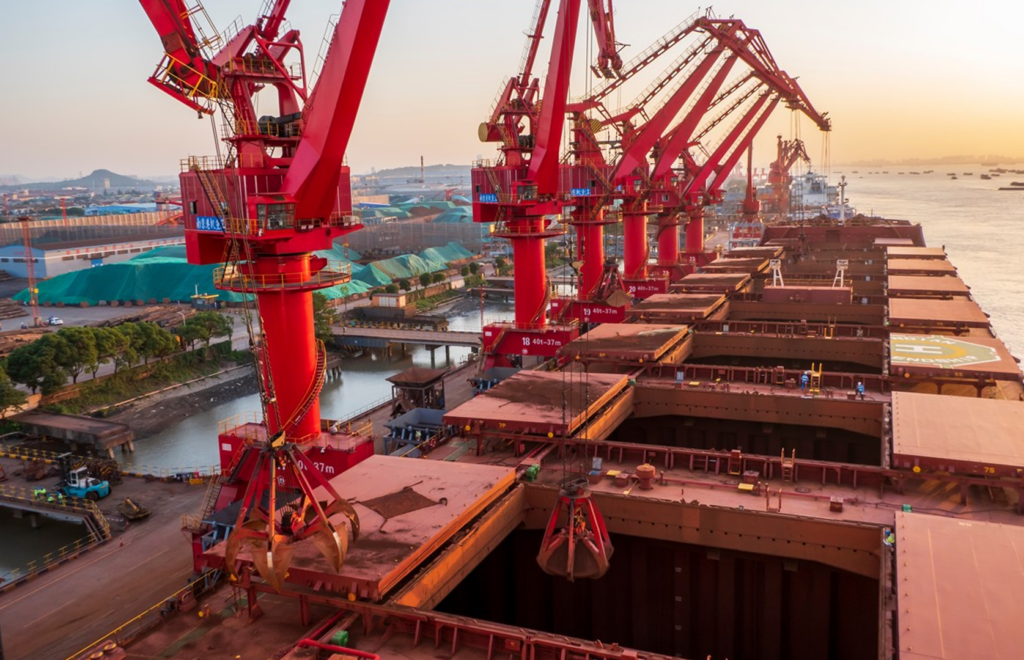
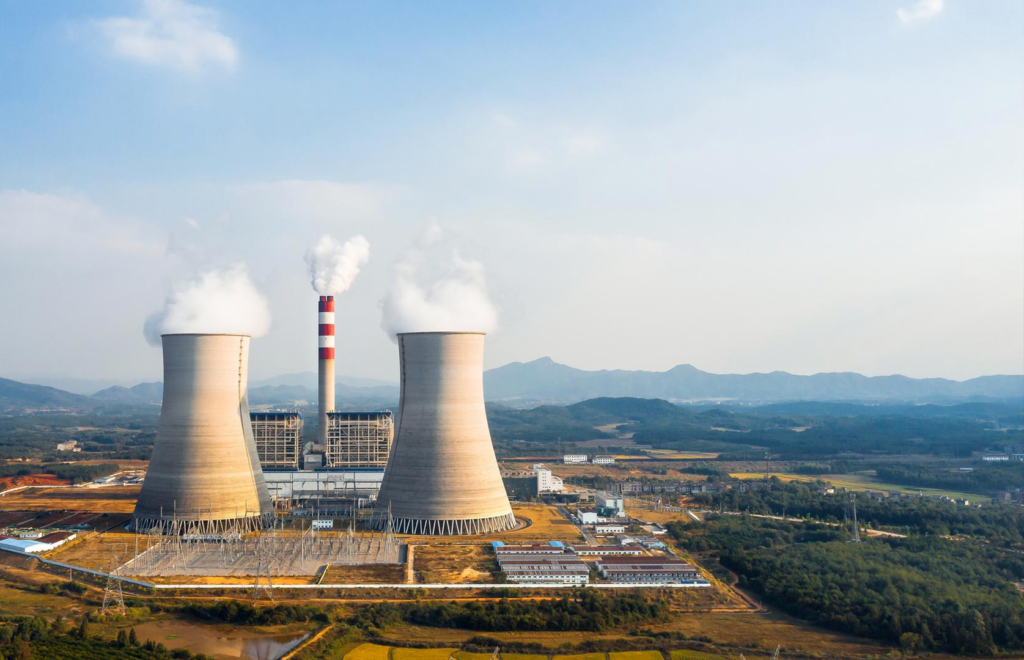
Power Generation
Construction & Infrastructure

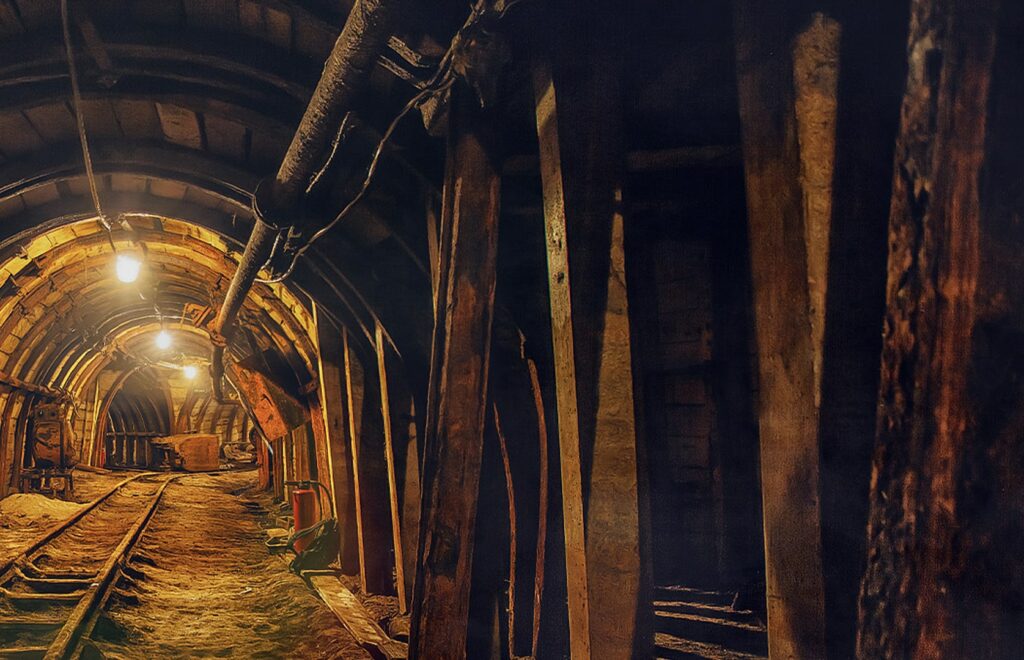
Mining Industry
Aerospace & Aviation

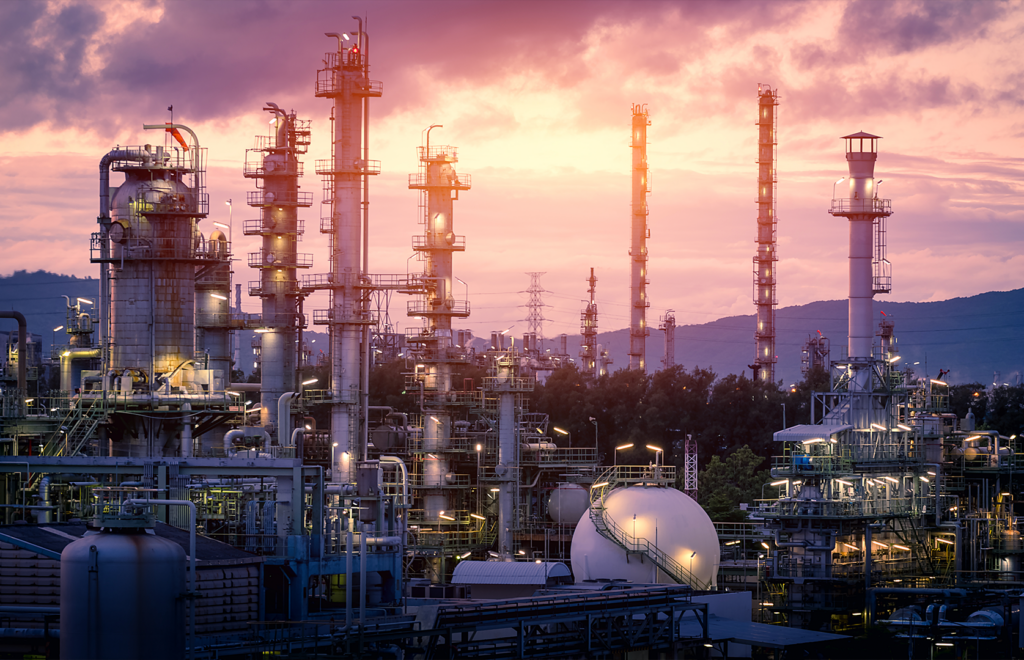
Nuclear Facilities
Types of Drones and Equipment
For confined space inspections, specific types of drones are essential for safe and effective navigation through tight, hazardous areas. Quadcopters are often the go-to solution for less risky environments like construction sites. Drones with anti-spark and explosion-proof features are used for more volatile conditions in chemical or nuclear facilities.
Payloads are another vital aspect. They usually include advanced imaging like high-definition cameras, thermal sensors, and LIDAR for 3D mapping. These features are crucial in sectors like power generation, where thermal imaging reveals hotspots, and in oil and gas, where spatial mapping identifies weaknesses in structures. Sensors that detect chemical leaks, radiation, or air quality are essential for chemical manufacturing and nuclear power industries. These provide real-time data, enabling prompt action in hazardous conditions. For example, drones with gas sensors in mining can preemptively identify dangerous methane or carbon monoxide levels.
In maritime and aerospace settings, drones are often equipped with LED lights for better visibility in dark areas. Features like corrosion resistance and waterproofing are standard to handle harsh conditions. Some drones can even ‘crawl’ on walls or ‘float’ to maintain stability, which helps inspect ships or aircraft interiors.
As drone tech advances, their capabilities will broaden, providing more specialized solutions for confined space inspections. Today’s drones are technologically sophisticated and designed to tackle the challenges of inspecting complex and risky environments.
Addressing the Challenges of Confined Space Inspections
Limited Access Points
While drones offer a groundbreaking approach to confined space inspections, they do face challenges, particularly when it comes to limited access points. Many confined spaces, such as narrow pipelines, deep shafts, or complex machinery compartments, are not easily accessible, even for compact drones. The restricted entry and exit points can limit a drone's ability to maneuver freely, making it challenging to cover the entire area that needs to be inspected. This calls for specialized drone designs and advanced piloting techniques to ensure thorough inspections while mitigating the risk of drone entrapment or damage.
Hazardous Environments
Using drones in confined space inspections also presents challenges when operating in hazardous environments. Places like chemical storage tanks, nuclear reactors, or underground mines often contain volatile substances, extreme temperatures, or radiation. Standard drones may not be equipped to handle such extreme conditions, requiring specialized materials and sensors to ensure safe and effective operation. Additionally, drones must be constructed with anti-spark and explosion-proof features to mitigate the risk of causing a dangerous reaction in an already risky setting. Thus, the design and operation of drones for confined space inspections in hazardous environments necessitate a heightened focus on safety and reliability.
Inadequate Lighting
Inadequate lighting is another significant challenge when deploying drones for confined space inspections. Many of these spaces, such as underground tunnels or deep industrial tanks, are poorly lit or entirely dark, making visual assessment difficult. While some drones are equipped with powerful LED lighting to illuminate these spaces, lighting alone may not be sufficient for capturing high-quality imaging data. Poor lighting conditions can interfere with the drone's visual and sensor-based navigation, potentially compromising the accuracy of the inspection. Specialized imaging technologies like thermal and infrared cameras are often required to overcome this hurdle, adding another layer of complexity to drone operations in confined spaces.
Complex Geometry
The complex geometry of confined spaces poses yet another challenge for drone inspections. Areas with irregular shapes, multiple chambers, or a maze of pipes and conduits can make it difficult for drones to navigate and cover all the necessary inspection points. Traditional drones, designed for more open spaces, might struggle with obstacle avoidance and precise maneuvering in such settings. To address this, specialized drones with advanced spatial orientation and navigation algorithms are often needed. These drones are equipped to handle tight turns, vertical climbs, and intricate pathways. Still, their use necessitates more sophisticated piloting skills and advanced pre-inspection planning to ensure a comprehensive and accurate assessment.
Tips for Successful Drone Inspections
Drones for confined space inspections offer several benefits over traditional inspection methods. Drones can access areas difficult or impossible for humans to reach, such as narrow pipes or high ceilings. They can also capture detailed images and data quickly and efficiently, reducing the time and cost of inspections.
However, there are also some limitations to using drones for confined space inspections. Drones require a skilled operator trained to navigate tight spaces and avoid obstacles. They also need a clear line of sight and may be affected by weather conditions such as wind or rain. Finally, drones may be unable to access all confined space areas, and human inspection may still be necessary in some cases. To ensure a successful confined space inspection using drones, following some best practices and guidelines is essential. Here are some tips to keep in mind:
- Conduct a thorough risk assessment before the inspection to identify any potential hazards and ensure the operator’s and other workers’ safety.
- Choose a suitable drone and equipment for the job based on the size and shape of the confined space, as well as the specific needs of the inspection.
- Train the operator and any support personnel on the proper use of the drone and equipment and any safety protocols or emergency procedures.
- Use a checklist to ensure that all necessary equipment and materials are on hand and that all pre-flight checks have been completed.
- Communicate with other workers in the area to ensure that they are aware of the inspection and any safety precautions that may be necessary.
- Follow all relevant regulations and guidelines for drone operation and confined space inspections, including obtaining necessary permits or approvals.
Conclusion
Drones are more than just tech novelties in confined space inspections; they’re revolutionary tools that enhance safety, reduce costs, and boost efficiency across industries like oil, gas, and nuclear power. Yet, the full range of these benefits depends on choosing the right tools and expertise for the task.
Selecting a skilled drone service provider is critical for navigating challenges like limited access, hazardous environments, poor lighting, and complex geometries. The wrong provider could yield incomplete inspections and increase risks like drone failure in critical spaces. A seasoned provider equips drones with specialized imaging, sensors, and safety features suitable for hazardous conditions. Their expertise will guide you through the complexities of planning, regulatory compliance, and data interpretation.
Given the complexities and risks of confined spaces, the need for a reliable drone service provider can’t be overstated. It’s not just about having advanced tech; it’s about maximizing that technology through skilled planning and execution.
In summary, drones are setting new standards in safety and efficiency for confined space inspections. Their effectiveness lies in the operators’ skills and the drones’ capabilities. Choose your drone service provider wisely to unlock this technology’s full potential.

Frank J. Segarra
Managing Director | Volatus Unmanned Services



